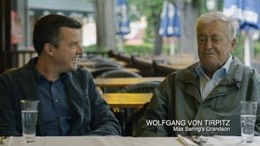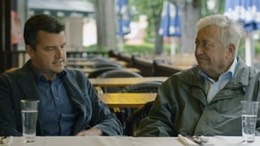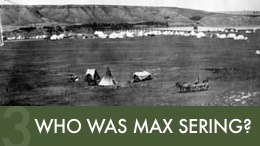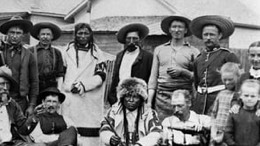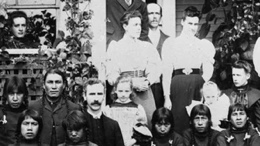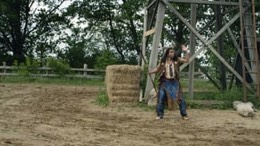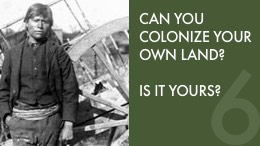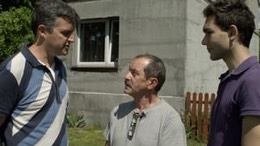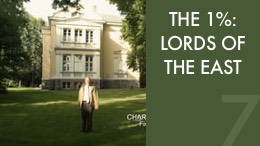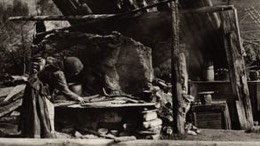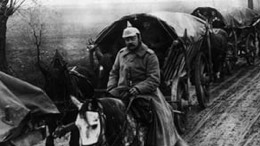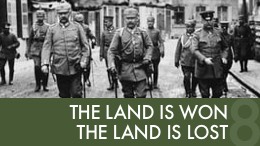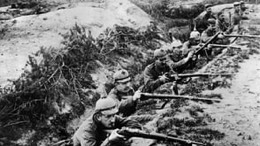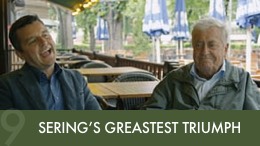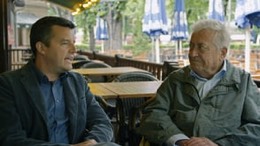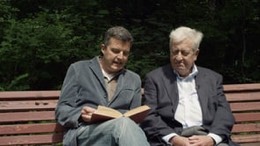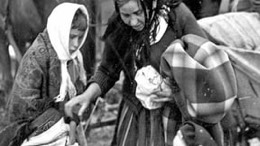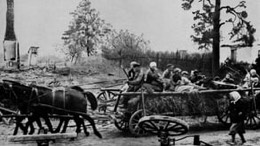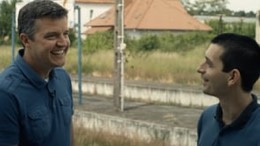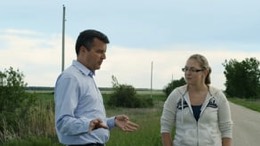



The Docum’istory Project seeks to inform documentary method with the concerns of history.
Documentary and history engage similar aims, practices and questions, each striving to reflect truth, fact and reality. The Docum'istory Project brings together academics, media artists and students across the disciplines of history, film/video, new media and sonic arts in order to develop a documentary approach that fuses the conventions of academic history with documentary.
Our goal is to challenge audiences to engage audiovisial history in new ways. Not to make film into a history text, but to fuse these media, working alongside historians, to explore filmic methods that express and critique reflexivity, observation and performance.
130 Year Road Trip Live explores the hidden history of how nineteenth century Canadian colonial policies were transported to Germany and in effect from 1883-1945. It is also history in a completely new form.
The Live Documentary, a recent evolution in expanded cinema, has emerged at festivals including Sundance and Hot Docs, combining narration and music performed on stage, with documentary film projected on screen. WIFF 2016 will host the World Premiere of The Live Participatory Documentary, a made-in-Windsor concept that has been proposed at conferences in Europe and the US. This will be the first staging of that idea, merging live documentary in Part I, with an interactive Q&A in Part II, inviting the audience to guide the content and images. An innovation in interactivity and improv, this cinema-performance is comprised of a deconstructed history documentary with live music and narration, followed by a communal edit of the content based on audience comments and feedback, using experimental visuals and interviews processed through Max/Jitter VJing Software. Audiences are invited to watch, listen, think and alter historical storytelling as we know it.
Also viewable as an interactive experience on this website.
Belt of Clay traces the history of the “Back to the Land” scheme of the 1930s, an initiative that saw the relocation of out of work men and their families from southern Ontario to the fertile but frigid Clay Belt of north. This had been the third attempt by the government to establish agriculture in the region since 1916 and it was the third scheme to fail due to the unsuitability of the land for farming with its limited 80 days annually without frost. During the Depression, out of work, and out-of-options men and their families headed north for adventure only to be exposed to starvation, isolation, poverty, bitter cold, and finally, defeat. The film explores the story of one family’s struggles to survive and the land itself as tormentor, victim and witness.
Belt of Clay is in post-production and will be created in various media incarnations including: live documentary, short film, interactive online documentary.
Director Kim Nelson is blogging about her exploration of how to address the concerns of history and the philosophy of history through film via interactive documentary and the live participatory documentary.





